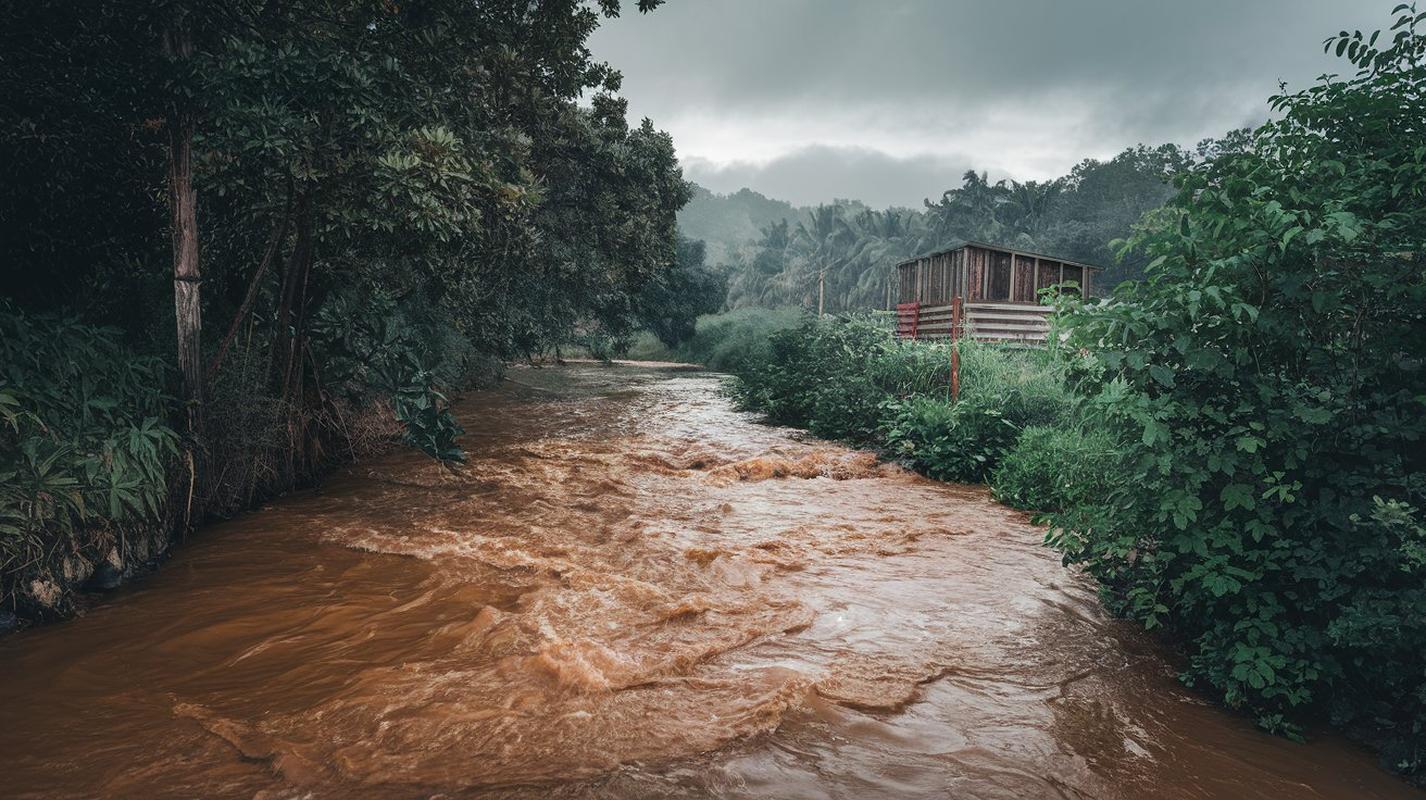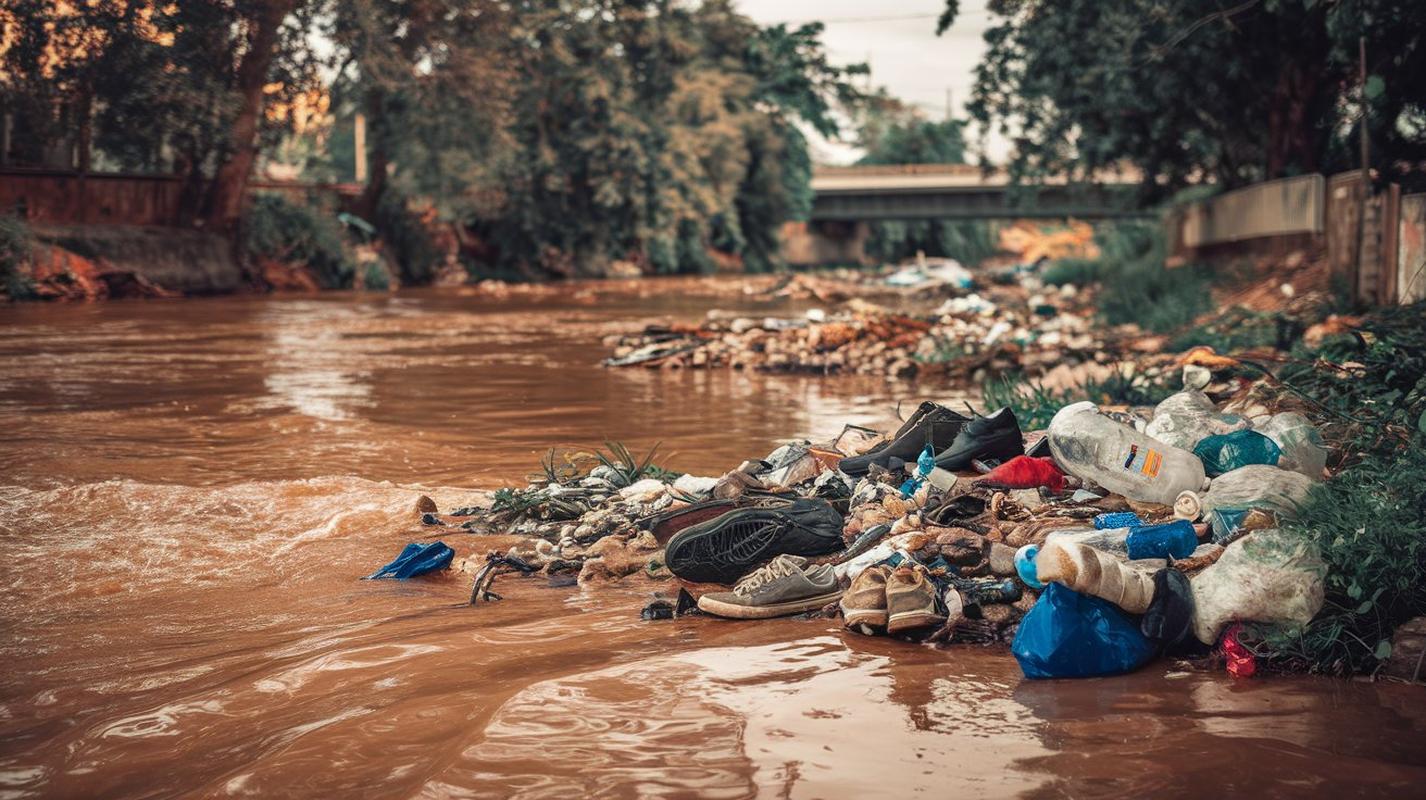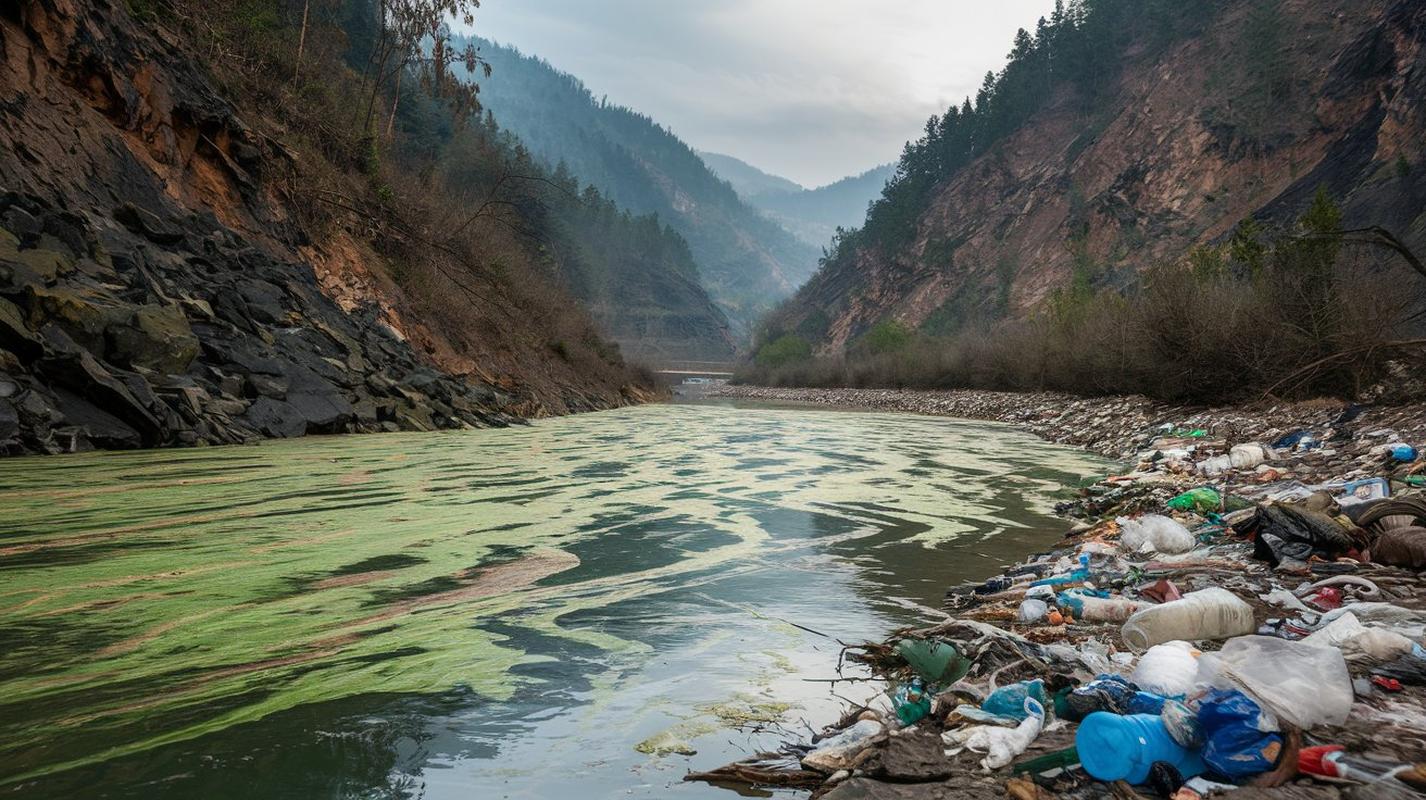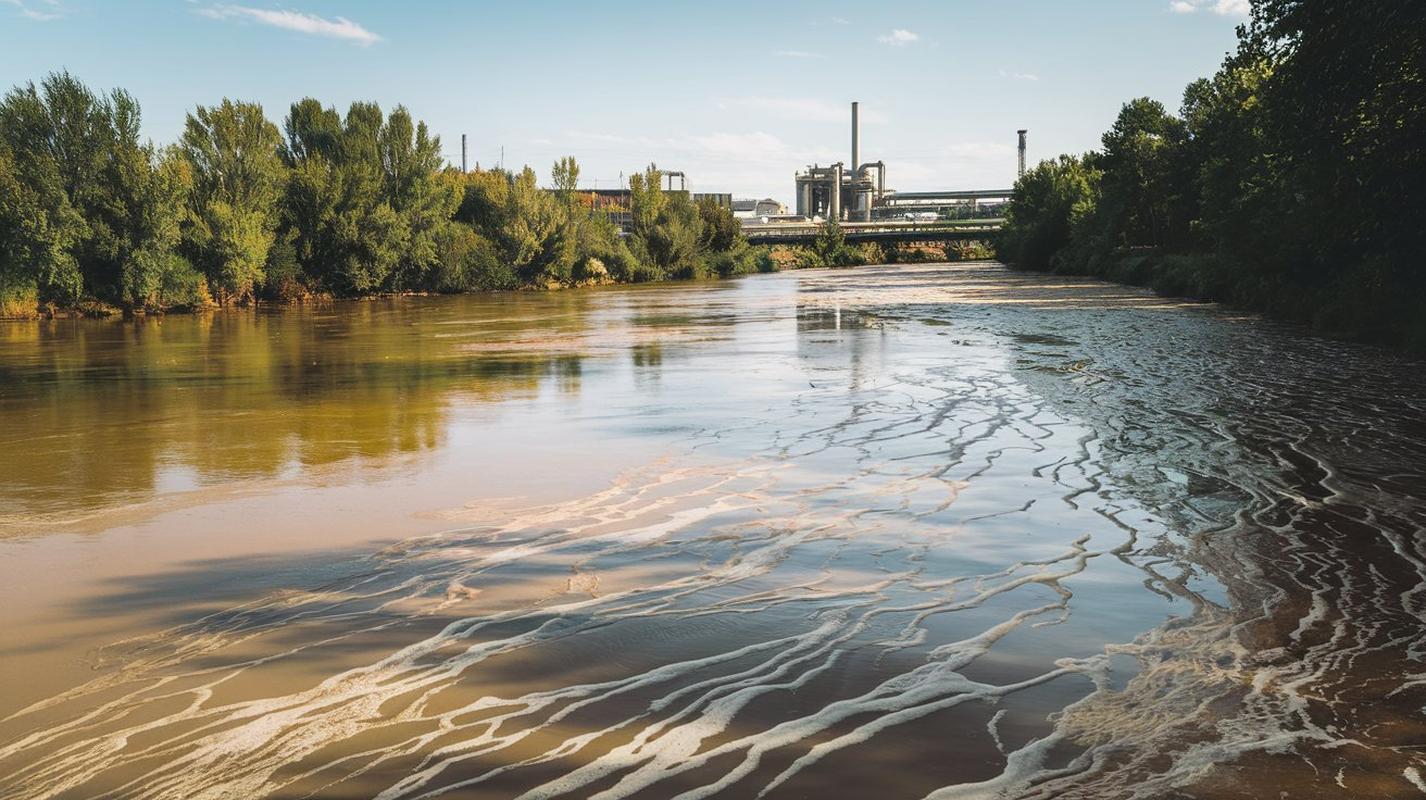What is Water Pollution? An In-Depth Introduction
More than 500 million people live in areas where contaminated water is their main source of survival, a troubling fact that shows how urgent this issue is. Big ships, like transportation and cruise ships, play a big part in the current water pollution problem by releasing harmful chemicals and waste into the oceans. Closer to home, the fertilizers and pesticides we use in our gardens and on our crops have toxic substances that can easily spill into local waterways, posing a serious threat to marine life and the animals that depend on these important resources.
Only 3% of the world’s total water supply is freshwater, so it’s crucial to protect this limited resource. Places like Bangladesh, India, and China are dealing with very high levels of water pollution, with few options for safely getting rid of dangerous materials. Poisonous substances, from household cleaners to industrial waste, can be carried by rain or runoff, contaminating rivers, lakes, and the ocean without proper treatment or filtration.
The effects of water pollution are widespread and devastating. Polluted water can lead to life-threatening diseases, like lung cancer and heart disease, in heavily affected areas. Marine life is also at risk, with an estimated 100,000 mammals dying each year due to pollution. Dealing with this crisis requires a variety of approaches, from managing waste properly to using sustainable practices in our homes and communities. 1 2
 Photo by The Climate Diary
Photo by The Climate Diary
The Causes of Water Pollution: Understanding the Sources
Water pollution is a big environmental issue that affects communities all over the world. The sources of this pollution are diverse, ranging from industrial waste to agricultural runoff, and understanding these causes is key to solving the problem effectively.
One of the biggest contributors to water pollution is nonpoint source pollution, which happens when contaminants from various small sources build up and end up in waterways. This includes oil and grease from vehicles, pesticides and fertilizers from farms, and even sediment from construction sites. These pollutants can have devastating effects on aquatic ecosystems, harming fish and wildlife habitats.
Fixing the harmful effects of nonpoint source pollution is expensive, with millions of dollars spent each year to restore and protect areas damaged or endangered by these pollutants.
Another significant source of water pollution is industrial waste. Chemical pollutants from factories, mining operations, and other industrial activities can introduce a wide range of toxic substances, such as heavy metals and synthetic hormones, into water bodies. The consequences of this type of pollution can be severe, as shown by the tragic cases of arsenic poisoning in Bangladesh and mercury poisoning in Minamata, Japan.
Eutrophication, caused by an excess of nutrients like nitrogen and phosphorus, is another major contributor to water pollution. This can lead to algal blooms, hypoxia, and the creation of “dead zones” in water bodies, where aquatic life struggles to survive. About 50% of lakes in North America, Europe, and Asia are negatively impacted by this phenomenon.
Dealing with the complex issue of water pollution requires a multifaceted approach, involving stricter regulations, improved waste management practices, and increased public awareness. By understanding the diverse sources of this pollution, we can develop targeted solutions that protect our precious water resources and the ecosystems they support. 3 4
 Photo by The Climate Diary
Photo by The Climate Diary
Effects of Water Pollution: How It Impacts Our Environment and Health
The devastating impact of water pollution on our environment and health is huge. Around the world, more than 80% of sewage from human activities is dumped into rivers and oceans without any treatment, causing a wide range of environmental and public health issues.
The main sources of this pollution are industrialization, farming, and lack of proper water supply and sewage treatment facilities. The consequences are serious - more than 50 diseases are directly linked to polluted water, and a shocking 80% of diseases and 50% of child deaths globally are due to poor water quality.
Diarrhea, the most common water-borne illness, is mainly spread by enteroviruses thriving in contaminated water. Exposure to heavily polluted water also increases the risk of skin diseases, with too many bacteria in seawater and heavy metals in drinking water being the main culprits. Carcinogens like arsenic, nitrate, chromium, and trihalomethane can enter the body through contaminated water sources, treatment processes, and delivery systems, posing serious health risks.
Children are especially at risk, with waterborne diseases leading to malnutrition, weakened immunity, and various other health problems. Nearly 2 billion people worldwide drink contaminated water that could harm their health, with potential contaminants including:
- Arsenic, a known human carcinogen linked to various cancers
- Lead, causing behavioral and developmental issues in children, as well as heart and kidney problems
- Chemicals from hydraulic fracturing, harming the immune and reproductive systems
- Pesticides, linked to neurodevelopmental effects and Parkinson’s disease
The scale of this crisis is huge, with millions of waterborne illness cases reported annually in the U.S. alone. Urgent action is needed to tackle the root causes of water pollution and protect the health of our communities and the environment. 5 6
Solutions to Water Pollution: Effective Strategies and Practices
Water pollution is a big environmental problem that affects communities all over the world, but there are effective solutions we can use. By making simple changes in our daily lives, we can all help keep our waterways clean and healthy.
One easy way to reduce water pollution is to properly get rid of household waste. Instead of pouring fats, oils, and grease down the sink, collect them in a jar and throw them away responsibly. Also, don’t flush household chemicals, cleaning products, or medications down the drain. Take them to a hazardous waste collection event to prevent water contamination.
Saving water is also important. Installing water-efficient toilets and only running dishwashers and washing machines with full loads can help lessen the burden on wastewater treatment systems. It’s also crucial to use fewer pesticides, herbicides, and fertilizers to prevent these chemicals from running off into waterways and harming aquatic life.
Dealing with combined sewer systems, which can cause sewage overflows during heavy rain, is a tough but necessary task. Municipalities are working on upgrading these old systems, but individuals can help by making sure sump pumps and cellar drains don’t discharge into the sewer.
By taking these simple steps, we can all do our part to reduce water pollution and protect the valuable resources we rely on. Clean, healthy waterways are essential for our communities, our environment, and our future. Together, we can make a difference. 7 8
 Photo by The Climate Diary
Photo by The Climate Diary
References
-
“What Can You Do” - www.sfwmd.gov ↩
-
“Ten Things You Can Do To Reduce Water Pollution” - www.simsbury-ct.gov ↩
-
“Water Quality And Protection” - www.gao.gov ↩
